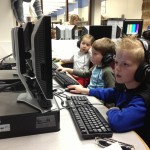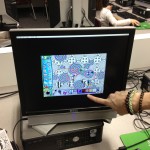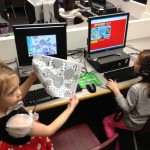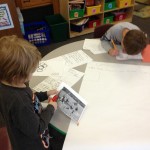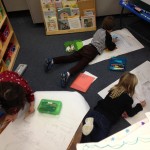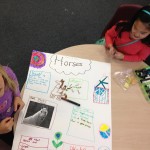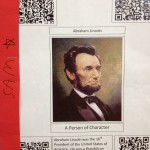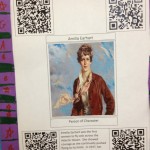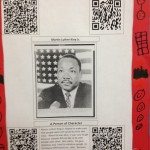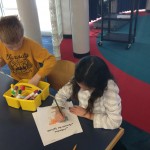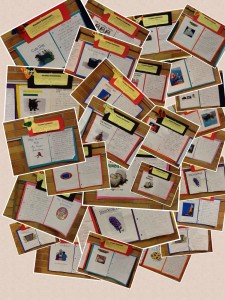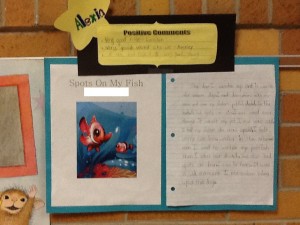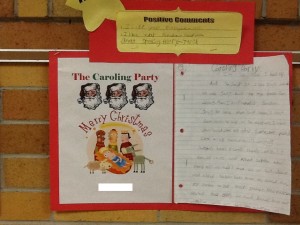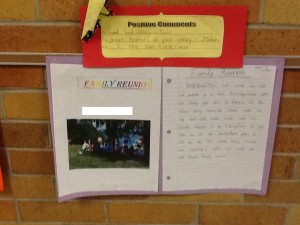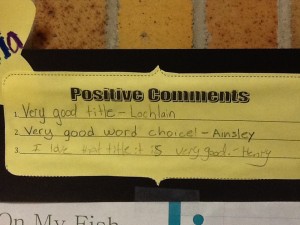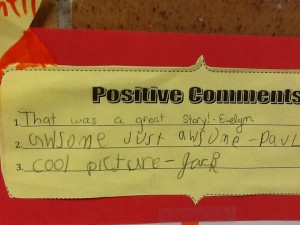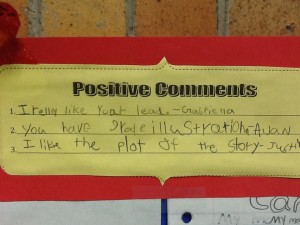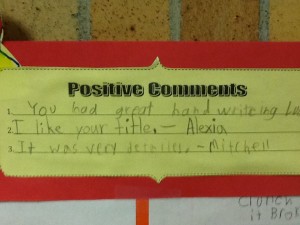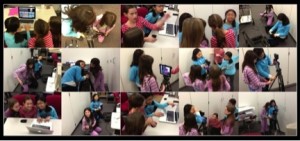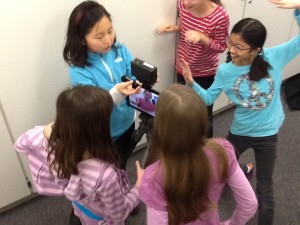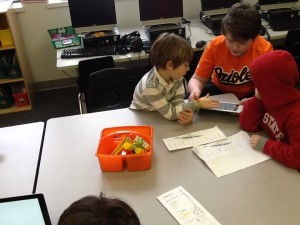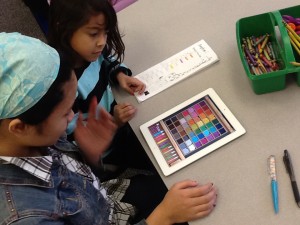Ready…Tech…Go!: Scaffolding Tech Integration
Ready…Tech…Go!
An Early Start & Vertical Integration of K-12 Tech Skills & Understandings
I was thrilled to walk into the computer lab last Friday to find Mrs. Fishers’ kindergarteners developing their understanding of technology tools while exercising their creativity and working on reading comprehension. These kids are five and six-years-old and they’re already very independent when it comes to many basic technology tasks. It led me to think about my three-year-old who thinks that our T.V. is broken because it’s not touch screen sensitive. Occasionally I find him tapping on it in consternation, confused about why no menu is appearing. Given the dizzying rate of technological innovation, imagine what his kids will be confused about, “Why won’t this hologram answer me?!” The point is that technology has become very much an essential part of today’s students’ daily life from a very young age.
I’m fortunate to be able to spend my time planning, working, and talking with k-12 teachers at all grade levels. This work has afforded me a deepened understanding of vertical integration. In most content areas progressive instruction is overt. We learn to read so that we are eventually able to read to learn. We scaffold mathematical problem solving with basic math skills. Social Studies becomes a study of global issues out of critical thinking about our families, our homes, and our neighborhoods. While we do have guidelines for technology learning across the grades, I wonder if the fast passed evolution of incredible tech resources sometimes deters us from our developmental course. Do basic tech skills have to be learned in order, or are these digital natives better of weathering the ongoing storm of innovation as it comes?
As I joined Mrs. Fisher’s students in their work I saw some cool stuff. Some of them were working in a program called KidPix (http://tinyurl.com/b3k5qpt). They were creating some wonderfully expressive art, and they loved every minute of it. When I talked to Mrs. Fisher I learned that her primary interest in using the program was to help student become familiar with, and comfortable using the navigation menu. How cool (not to mention brilliant). She had them engaged work that they loved, and unbeknownst to them, they were practicing essential tech skills. It makes sense that kindergarteners should build proficiency by having lots of practice working with menus so that it becomes natural and commonplace. How much time will they be spending navigating through menus as they move forward with their academic, work, and social lives? Lots.
Here are five things this Mrs. Fisher’s wonderful lesson helped me think about:
- Tech doesn’t teach. So, teachers have to know tech, stay current with Ed. Tech innovations, and understand what is developmentally appropriate for the age groups with whom they work.
- Great teachers are meticulous about purpose. Deciding what tools to use, and why, is an essential aspect of lesson design.
- Cross-curricular learning is important. It makes sense to practice reading comprehension skills while collaborating on a social studies project. How about math and science? Or art? Where can we help students think critically about connections?
- There are lots of great tools that can simulate relevant situations while minimizing exposure and risk. Second graders can practice digital citizenship skills on a password protected Moodle course. Seven year olds can learn about digital communication without having a Facebook page. What are we doing to scaffold essential Digital Age skills?
- When students love what they’re working on they tend to be engaged in it. What are you’re students interested in? What tools to they like to work with?
